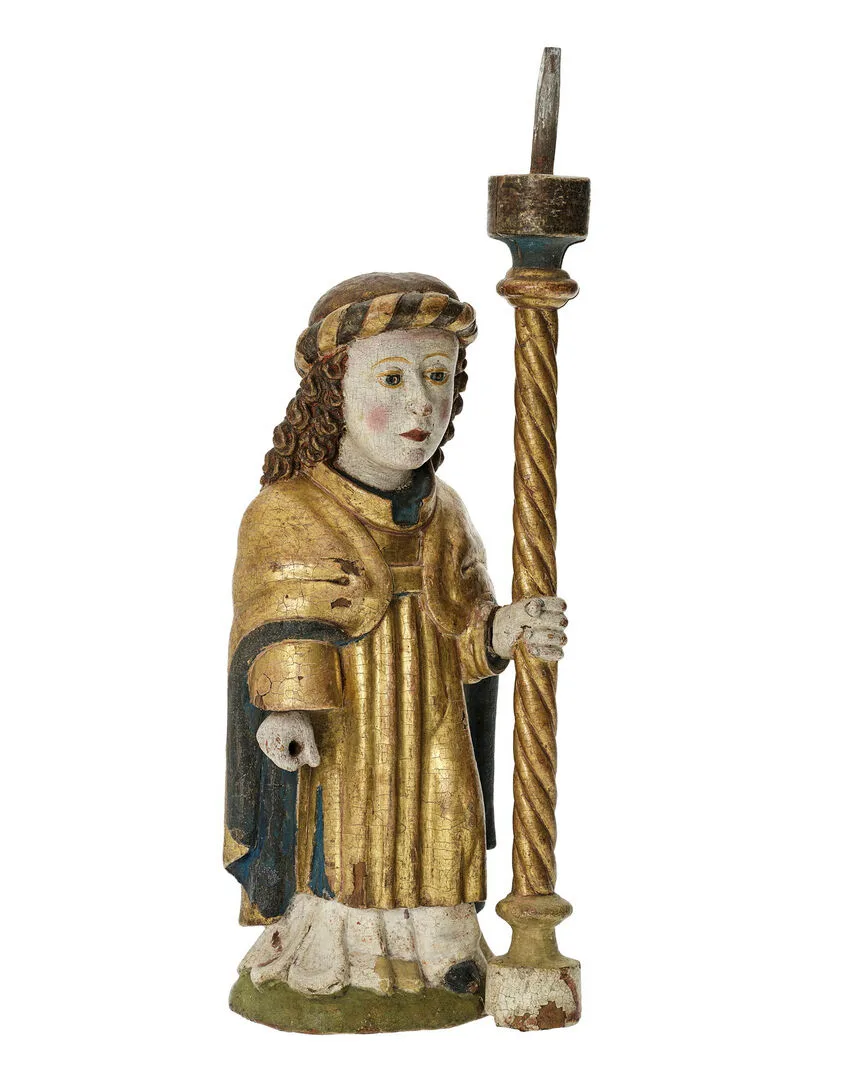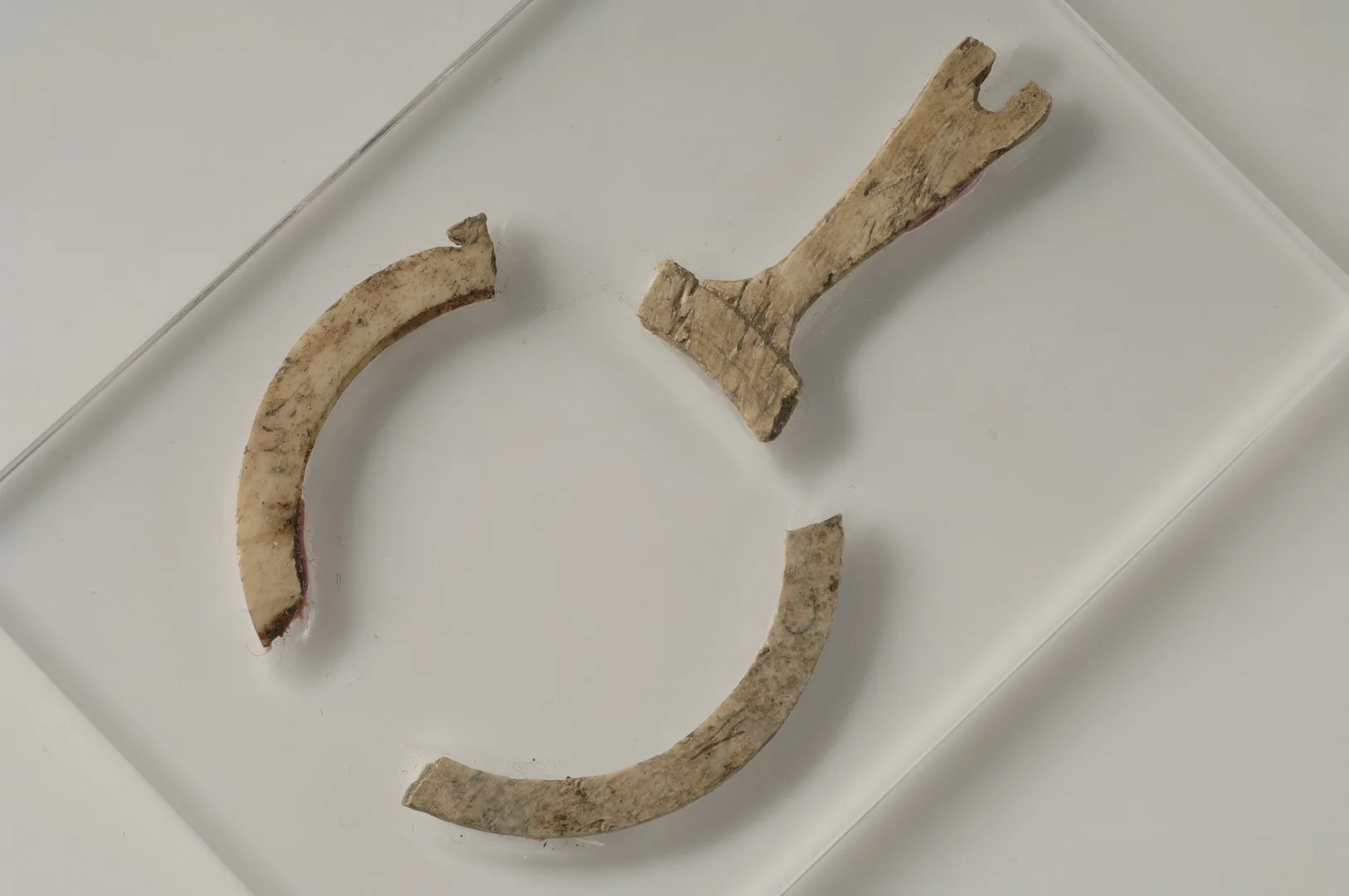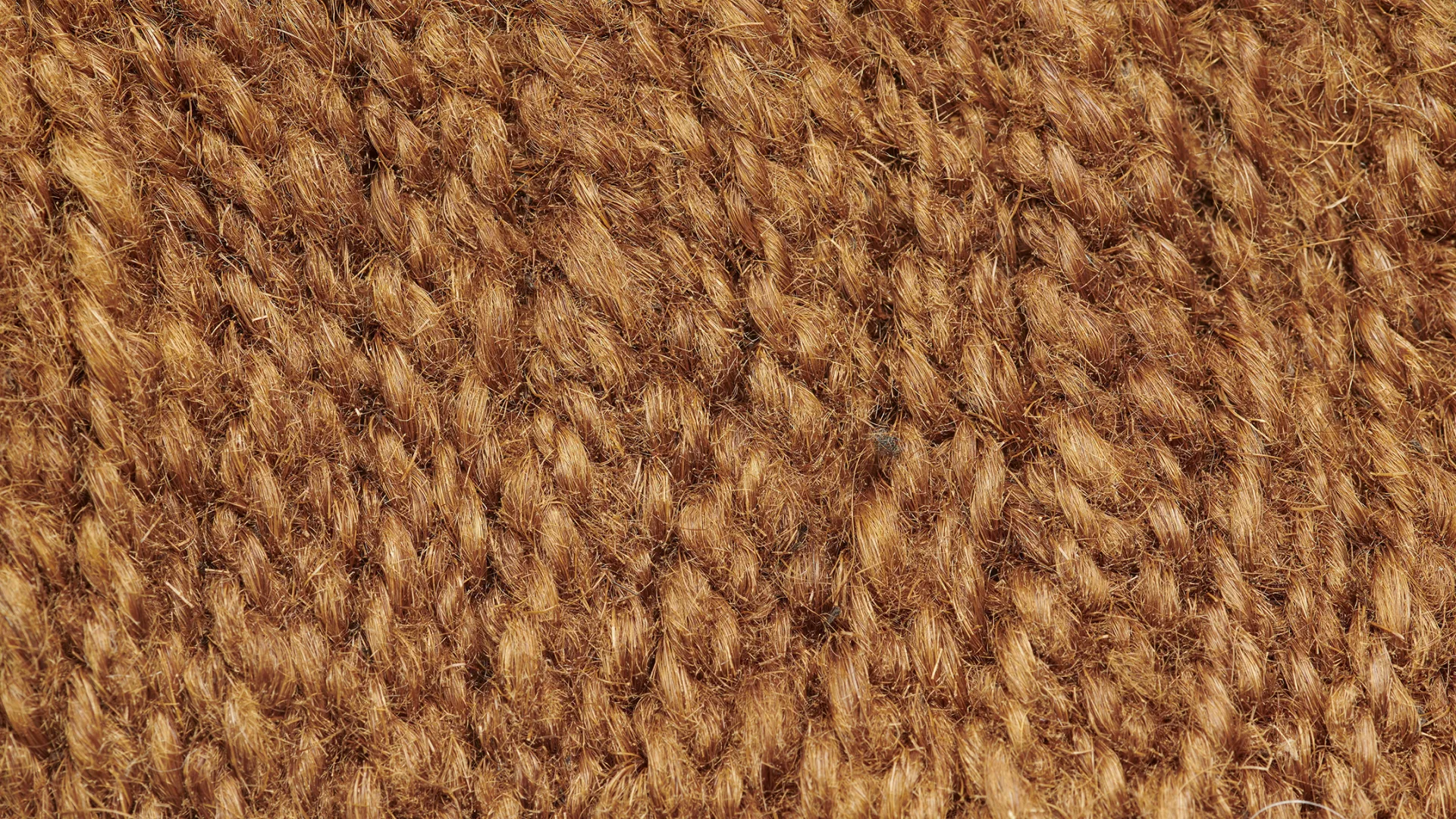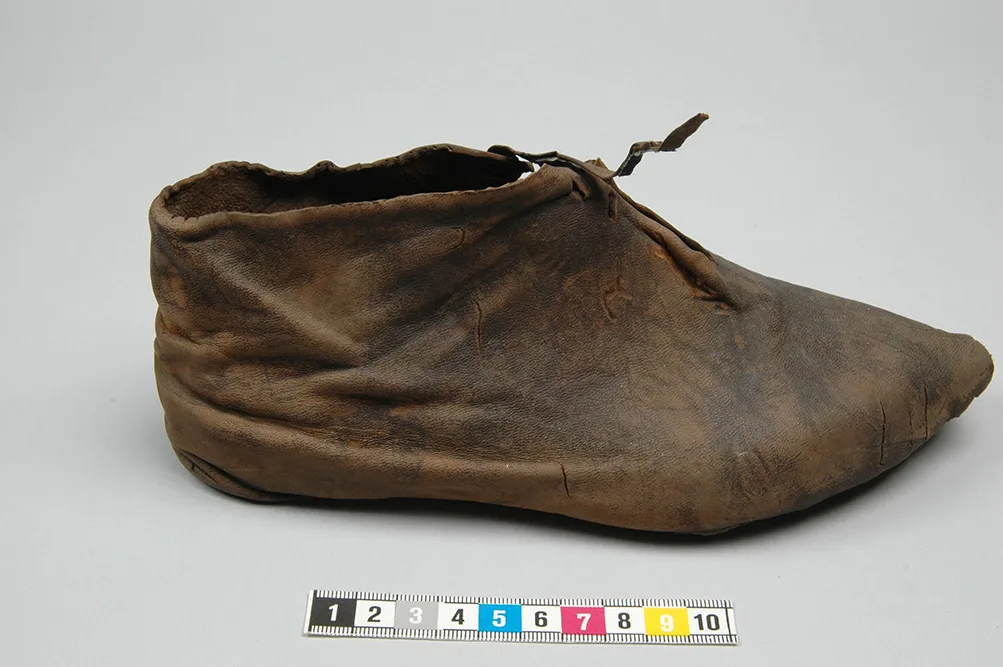Wooden sculpture – the angel from Njutånger
3D model of a wooden angel sculpture from 1500–1525 from Njutånger, Sweden (CC BY 4.0).
Sweden has a large and unique collection of wooden sculptures. Some were imported, while others come from local workshops. What we classify as wood sculpture includes crucifixes, Madonnas, saint figures, and similar objects that are not part of altarpieces. When examining church art, it is important to remember that medieval church art in Sweden was never intended solely for decoration. It always served a religious purpose.
During the Middle Ages, there was no electricity. To illuminate houses and rooms, people used candles, torches, and oil lamps. In churches, wax candles were placed in various types of candlesticks, for example around the altar, near saint shrines, and in front of holy images.
One type of candlestick used in churches is called a ljusstav (candle staff). These were made of wood and could be several meters tall. They often had decorative elements at the top, where the candle was placed. This angel originally sat at the top of such a candle staff. In one hand, it holds a small candle staff with a candle, while in the other hand it once held a handbell, which is now missing.
Candle staffs were used in the medieval church both as fixed holders and in processions. They could be quite tall, and the staff itself often consisted of a twisted rope-like design. The angel at the top frequently served as decoration. This angel comes from Njutånger in Hälsingland and is missing the original staff and crown it was attached to. One hand still holds a small candle staff, giving a clue to the appearance of the now-lost main staff. The other, movable hand likely held a bell that would ring as the staff was carried. The sculpture retains nearly all of its original paint and was acquired by the museum from an antique dealer in 1932. It was created in the early 16th century, most likely in Haaken Gulleson’s workshop.

The angel from Njutånger
Original object that was 3D scanned.
Digitisation in 3D
The Swedish History Museum is part of the government agency National Historical Museums. The organisation is constantly working to digitise its collections. One example of this work is the creation of 3D models of some of the museum’s objects.
How is a 3D model made?
A photographer takes a large number of still photos of an object from different angles. These images are then processed by computer software to create a digital version of the object – a 3D model. This technique is called photogrammetry or Structure from Motion (SfM).
In this way, 3D models of objects from the museum’s collections are continuously being created. The models are made available on the platform Sketchfab.com, where you can view, download and freely reuse them under an open licence. Have you used our 3D models to create something you’d like to share with us? Or would you like to get in touch with the department responsible for the 3D models? Feel free to email: bilder@shm.se





